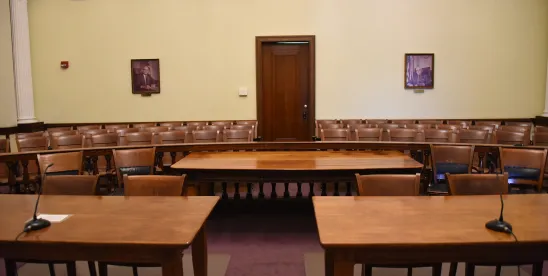The Delaware Supreme Court’s recent decision addressing the nuances and subtleties of a claim for aiding and abetting a breach of fiduciary duty is must-reading for corporate and commercial litigators. In the matter styled: In re Columbia Pipeline Group, Inc. Merger Litigation, Del. Supr., No. 281-2024 (June 17, 2025), the en banc high court, in a 100-page decision, analyzed the multi-faceted aspects of a challenged transaction.
The court began by describing the mountainous record, which included a 180-page pretrial stipulation, and the court kindly begs “the reader’s indulgence” for the extensive factual review that spans 50 pages.
The legal analysis begins primarily at page 59. In this short blog post, I will only adumbrate the highlights that I found most interesting.
Highlights
- The court listed the 4 basic elements for establishing a claim of aiding and abetting the breach of fiduciary duty, with reference to § 876 of the Restatement (Second) of Torts, as well as § 28 of the Restatement (Third) of Torts at § 28.
- The court began by observing that the primary issue revolved around not whether a breach of fiduciary duty occurred, but whether TransCanada: (i) knew of that breach, or (ii) culpably participated in it. Slip op. at 61. That is, the focus should be: if they knew their conduct was wrongful—and if they culpably participated in the breach.
- The high court emphasized that in order to succeed on a claim for aiding and abetting, one must prove actual knowledge of a breach—not just constructive knowledge. Slip op. at 64 and 65 and footnote 194 (citing comment c to § 28 of the Restatement (Third) of Torts, as well as the Supreme Court’s Mindbody opinion—which notably was decided after the Chancery opinion in this case.) [Certain sections of the Chancery opinion involved in this case were highlighted on this blog last year, but the short highlights in that blog post did not target the aiding and abetting analysis which appears to be the most noteworthy basis on which this Supreme Court decision focused.]
- In addressing the factors to be considered to determine the substantial assistance required to establish aiding and abetting, the high court referred to comment d of § 876 of the Restatement (Second) of Torts.
- The Supreme Court underscored the knowledge and participation requirements, as well as referring to what it described as the “two scienter requirements.” In order to be liable, “significant aid” must be established. See Slip op. at 68 and 73 and footnote 212 through footnote 217 (also citing the Delaware Supreme Court decision in Malpiede.)
- The high court also observed that mere persistence in wanting to close the deal was not enough to satisfy the prerequisites for liability.
- The court expounded on the nuances that need to be addressed in order to find “culpable participation.” See Slip op. at 94. The court also provided clarification on the nuances of what it referred to as the “second scienter requirement.” See Slip op. at 98.
Postscript
A recent application of the latest iteration of the standard for aiding and abetting can be found in the matter of: SAM I Aggregator LP v. Mars Holdco Corp., C.A. 2023-1217-KSJM, Slip op. at 18-19 (Del. Ch. August 15, 2025).




 />i
/>i

